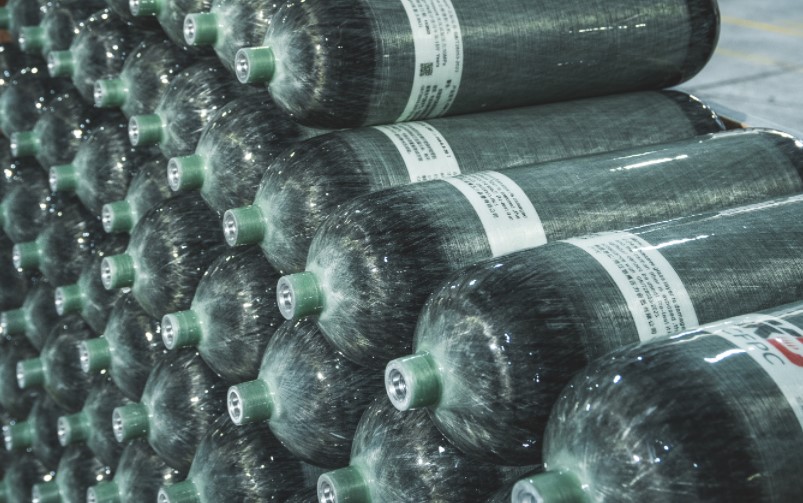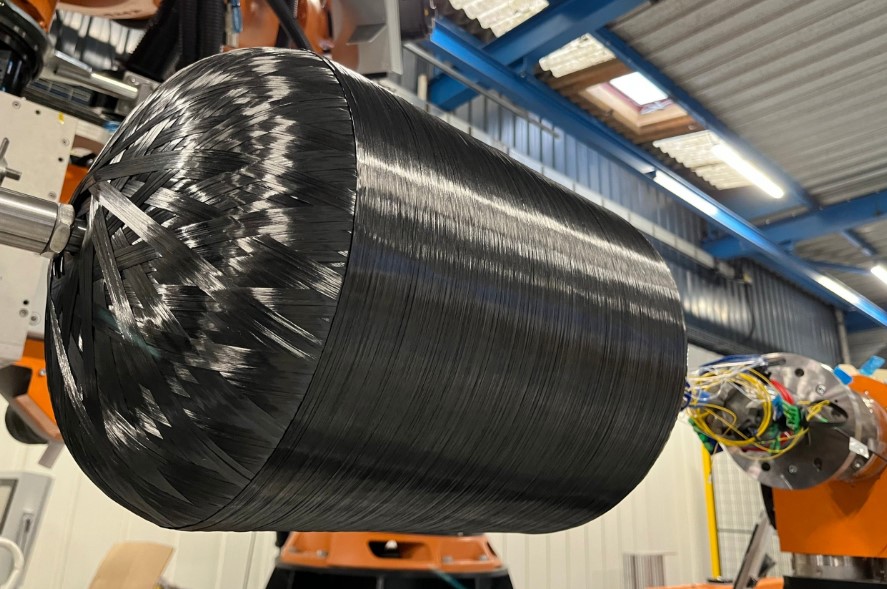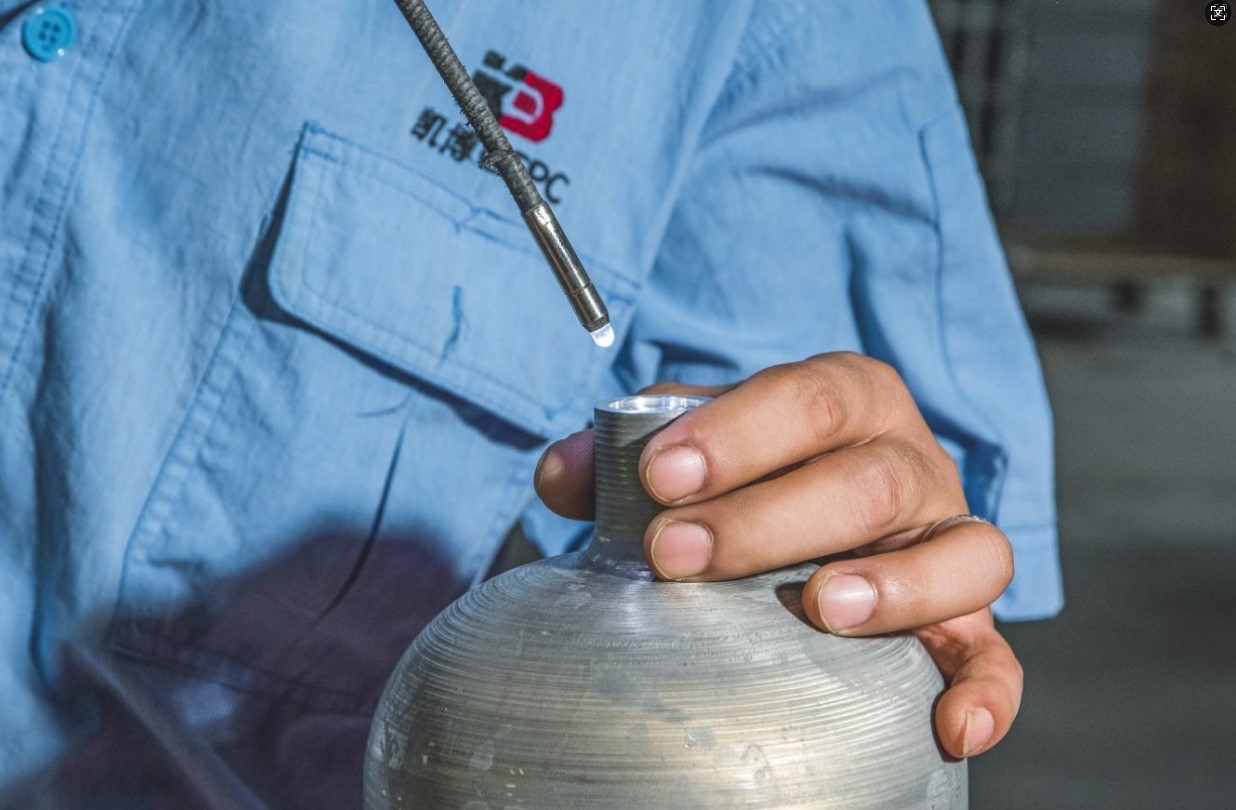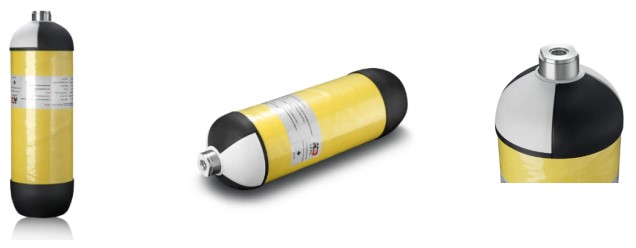Introduction
The use of carbon fiber composite tanks has become increasingly common in various high-performance fields, including the aircraft and aerospace industries. These sectors demand components that are strong, lightweight, and reliable. Carbon fiber composite tanks meet these needs and are now replacing traditional metal tanks in many applications, ranging from fuel and gas storage to emergency systems and structural integration. This article explores how carbon fiber tanks work in aircraft and aerospace, their advantages over traditional tanks, and how they are maintained for long-term use.
Understanding Carbon Fiber Composite Tanks
Carbon fiber tanks are made by wrapping carbon fiber material—often with resin—around an inner liner, which may be made of aluminum or polymer. The result is a pressurized tank that is strong yet much lighter than steel or aluminum tanks. These tanks are capable of storing gases or liquids at high pressures, making them suitable for use in environments where space and weight are at a premium.
Why Weight Matters in Aviation and Aerospace
In both aviation and aerospace, weight is one of the most critical factors. Every kilogram saved contributes to better fuel efficiency, longer range, increased payload capacity, or improved performance. Traditional metal tanks, while reliable, add considerable weight. Carbon fiber tanks, which can be up to 60-70% lighter, provide an effective way to reduce the overall mass of the aircraft or spacecraft.
Use Cases in the Aircraft Industry
1. Emergency Oxygen Systems
Modern aircraft include emergency oxygen systems for crew and passengers. Carbon fiber tanks are used to store high-pressure oxygen, ready to be released when cabin pressure drops. The tanks’ lightweight nature allows them to be mounted in overhead panels or seats without adding significant load.
2. Inflatable Safety Equipment
Aircraft are equipped with life rafts, evacuation slides, and floatation devices. Carbon fiber tanks provide the pressurized air or gas needed to deploy these systems instantly. Compared to metal tanks, carbon fiber options make these safety components lighter and easier to stow.
3. Fuel Storage in Small Aircraft and UAVs
In smaller aircraft or unmanned aerial vehicles (UAVs), carbon fiber tanks are used to store fuel or pressurized gases. The lower weight directly contributes to longer flight times and more efficient fuel consumption.
4. Hydraulic System Accumulators
In some aircraft hydraulic systems, accumulators made with carbon fiber tanks help maintain fluid pressure. This ensures consistent operation of systems like landing gear, flaps, and brakes.
Use Cases in the Aerospace Industry
1. Propellant Tanks for Satellites and Spacecraft
Satellites and space vehicles use composite tanks to store fuel and oxidizers for propulsion. The tanks must be extremely reliable and lightweight to ensure the efficiency and safety of space missions. Carbon fiber tanks reduce launch weight while maintaining high pressure capacity.
2. High-Pressure Gas Storage for Maneuvering Systems
Spacecraft maneuvering and attitude control systems often rely on pressurized gas. Carbon fiber tanks can store nitrogen, helium, or other gases used in these systems. Their high pressure tolerance and corrosion resistance make them ideal for long missions.
3. Reusable Launch Systems
In reusable rockets, components must withstand multiple launches and re-entries. Carbon fiber tanks are preferred for their high fatigue resistance and lightweight structure, which supports reusability.
Advantages Over Traditional Metal Tanks
- Weight Reduction: Significantly lowers aircraft or spacecraft mass.
- High Strength-to-Weight Ratio: Can hold high-pressure gas while maintaining structural integrity.
- Corrosion Resistance: Unlike steel tanks, composite tanks do not rust, which improves durability.
- Design Flexibility: Easier to shape and integrate into different system layouts.
Maintenance and Safety Considerations
1. Regular Inspection
Carbon fiber tanks should be visually and technically inspected for signs of wear, impact, or delamination. This includes checking the outer wrap, valve areas, and inner liner if accessible.
2. Hydrostatic Testing
Many regulatory bodies require tanks to undergo hydrostatic testing at regular intervals to ensure they maintain pressure integrity.
3. Proper Storage
Tanks should be stored in dry, temperature-controlled environments away from direct sunlight and corrosive chemicals. Extreme environmental conditions can reduce the lifespan of the composite material.
4. End-of-Life Disposal
When a tank reaches the end of its service life, it must be decommissioned safely. Specialized procedures are followed to depressurize and render the tank unusable before disposal or recycling.
Industry Trends and Future Outlook
- Integration with Smart Systems: Sensors are now being embedded into tanks to monitor pressure, temperature, and usage in real time.
- Advanced Materials: Development of hybrid composites and nano-reinforced fibers may further enhance performance.
- Wider Adoption: As production costs decrease, carbon fiber tanks are expected to become standard not just in military and space applications, but also in commercial aviation.
Conclusion
Carbon fiber composite tanks offer clear advantages for the aircraft and aerospace industries. They reduce weight, enhance performance, and improve safety. With proper maintenance and smart integration, these tanks are becoming a preferred choice for storing gases and fluids in some of the most demanding environments. Their growing adoption signals a broader trend toward lightweight, high-strength materials across the entire transport sector.
Post time: Apr-24-2025




